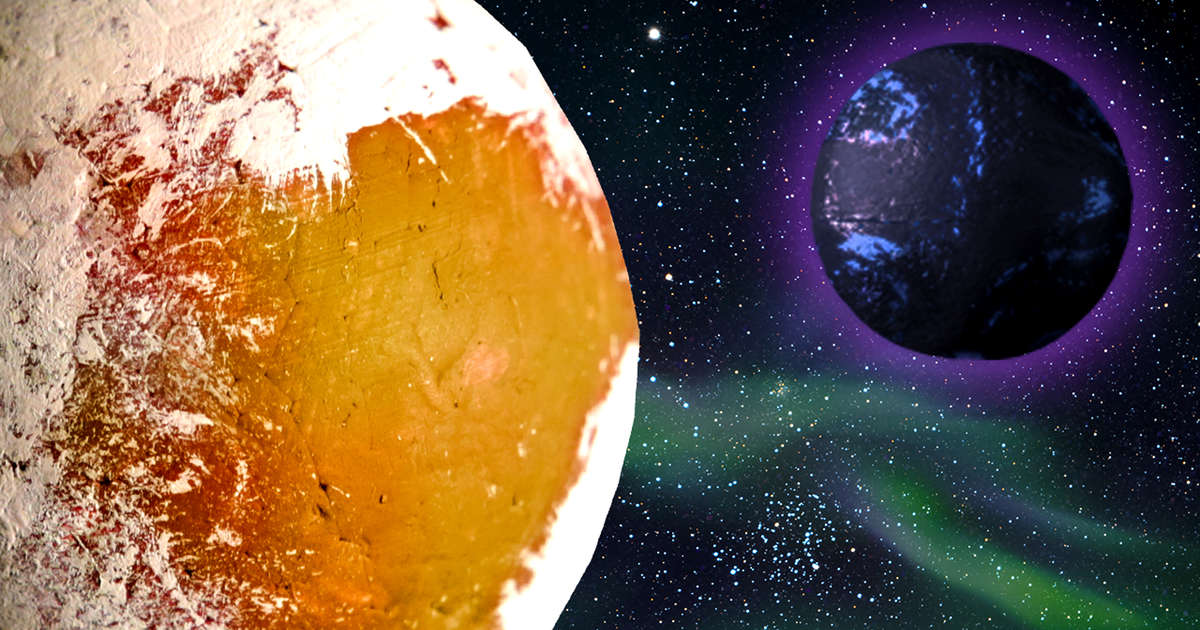
In the outskirts of our solar system, billions of kilometers past Pluto, there might be a mysterious planet lurking in the abyss. The hypothetical body is known as Planet X or Planet Nine, and some astronomers have been trying to prove its existence for a good chunk of the last decade. It’s believed that the phantom planet has a mass about 10 times that of Earth making it close in size to our ice giants. Like many other celestial objects, Planet Nine is thought to orbit the Sun except it takes a much longer elliptical route, traveling an estimated 20 times farther from the Sun on average than Neptune. NASA says at that distance, it may take between 10,000 and 20,000 Earth years to make one full orbit around the Sun.
Planet Nine is too far to be observed with a modern telescope, but a planet as big as it’s believed to be should leave a trace of its presence in the gravity it exerts on other objects. And that thought process is based off of Sir Isaac Newton’s law of universal gravitation, which established that the gravitational force between two bodies is proportional to their masses. This formula essentially shows that an object with a large mass will have an affect on an object with a smaller mass. Planet Nine believers are pointing to Newton’s law of universal gravitation as a basis for its existence. This after the discovery of several distant objects that are behaving in an unusual way.
The objects in question are located in the inner Oort Cloud, a mysterious region that surrounds the solar system like a bubble. The group has complimentary orbit patterns that swing far out in the same general direction and then cluster as they round the Sun. It’s believed these similarities and unusual behaviors are a result of Planet Nine’s gravitational pull, and a recently discovered dwarf planet is giving more weight to this scenario. The pint-sized planet, nicknamed ‘The Goblin’, travels about 2,300 astronomical units away from the Sun at its most distant point and 65 AU at its closest. Because of this extreme distance, the gravity of the known planets in the outer solar system are unlikely the cause of the Goblin’s unusual orbit. For now, the sample size of the perturbed distant objects is too small to draw any conclusions. But NASA says the Oort Cloud may contain more than a trillion icy bodies, and it’s likely that new discoveries could change the perception of a potential phantom planet. In the meantime, Planet Nine believers are hoping that more newly discovered dwarf planets, like ‘The Goblin’, will lead them to the ultimate astronomical achievement.
Bagikan Berita Ini













